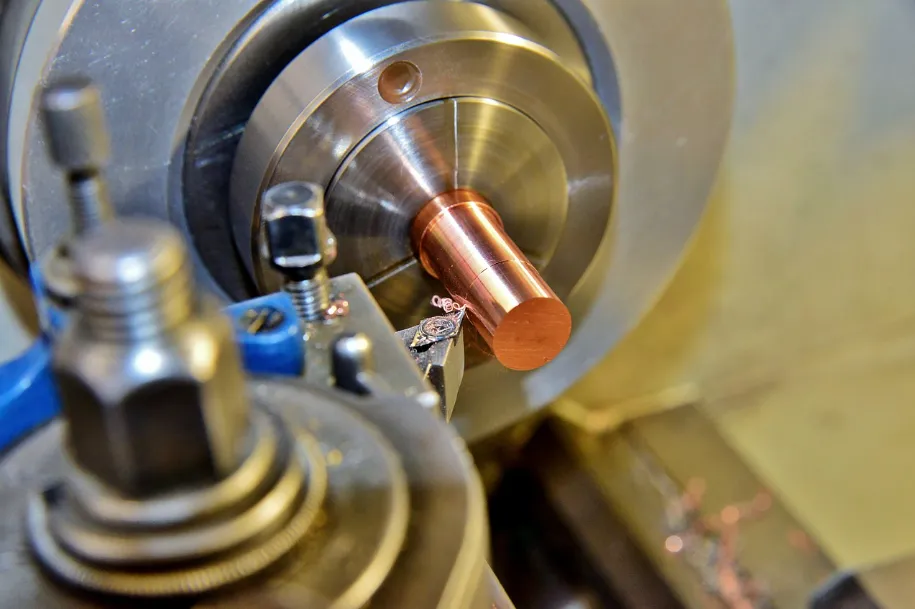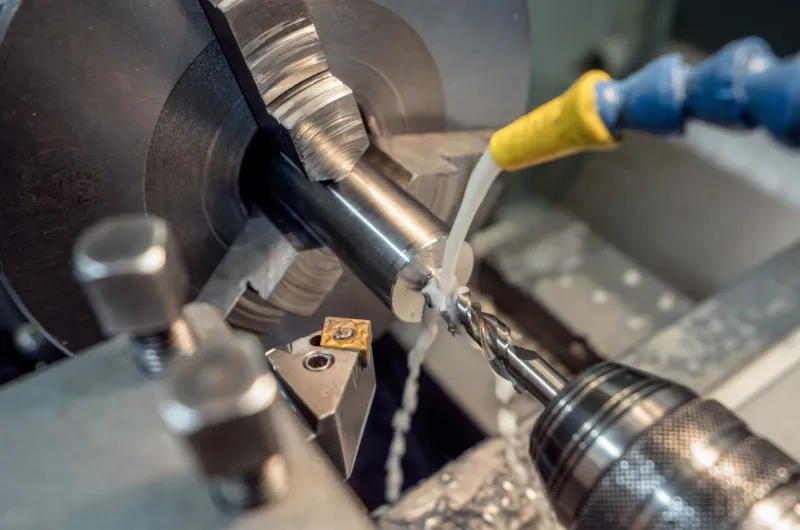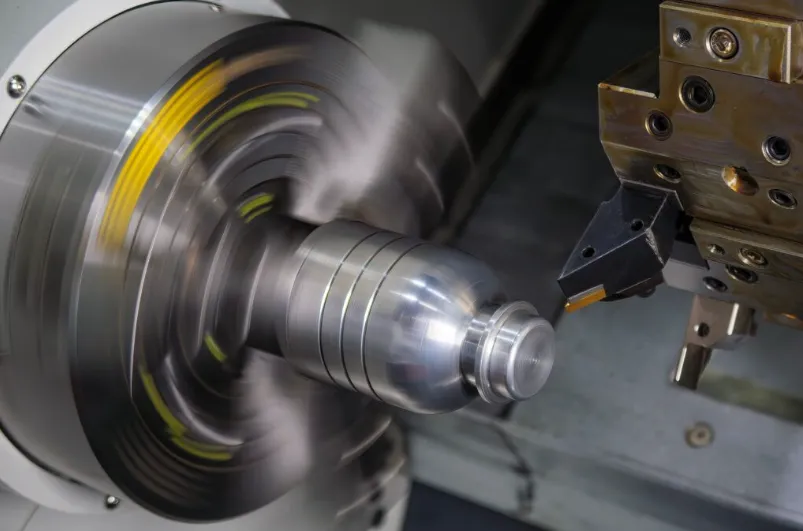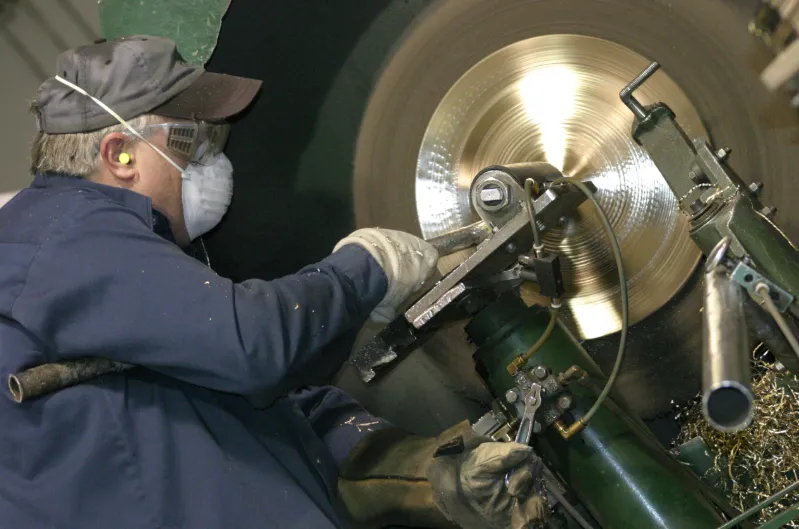Lathing is a fundamental machining process that involves rotating a workpiece against stationary cutting tools to remove material and create cylindrical parts. This subtractive manufacturing technique, performed on a machine called a lathe, is one of the oldest and most versatile methods of metalworking and woodworking.
 How Does Lathing Work?
How Does Lathing Work?
The lathing process works by securing the workpiece in a chuck or between centers and rotating it at high speeds while a single-point cutting tool moves linearly along the axis of rotation. The cutting tool removes material as it makes contact with the spinning workpiece, creating the desired shape through precise movements controlled either manually or by computer numerical control (CNC) systems.
What Are the Main Types of Lathing Operations?
Common lathing operations include:
- Turning (creating cylindrical surfaces)
- Facing (producing flat surfaces)
- Boring (enlarging existing holes)
- Grooving (cutting narrow channels)
- Threading (creating screw threads)
- Parting (cutting workpieces from stock)
- Taper turning (producing conical shapes)
- Knurling (creating textured patterns)
What Materials Can Be Lathed?
Lathing is suitable for processing various materials:
- Metals (steel, aluminum, brass, titanium)
- Plastics (acrylic, nylon, PTFE)
- Wood (hardwoods, softwoods, composites)
- Some ceramics and composite materials

What Are the Key Components of a Lathe?
A typical lathe consists of:
- Headstock (contains main spindle and drive mechanism)
- Tailstock (supports longer workpieces)
- Carriage (holds and moves cutting tools)
- Bed (provides structural foundation)
- Chuck or faceplate (workholding devices)
- Tool post (secures cutting tools)
- Lead screw (controls tool movement)

What Are the Advantages of Lathing?
Lathing offers several benefits:
- High precision (tolerances to ±0.01mm achievable)
- Excellent surface finishes
- Cost-effective for cylindrical parts
- Versatile for various operations
- Suitable for both prototyping and production
- Can create complex geometries with CNC control
What Industries Use Lathing?
Lathing is widely used across industries:
- Automotive (axles, pistons, bushings)
- Aerospace (engine components, landing gear parts)
- Medical (implants, surgical instruments)
- Energy (valve bodies, turbine shafts)
- Construction (fasteners, fittings)
- Consumer goods (appliance components, hardware)

How Has Lathing Evolved?
Modern advancements include:
- CNC lathes with multi-axis capabilities
- Live tooling for milling operations
- Automatic tool changers
- Advanced coolant systems
- Smart monitoring technologies
- High-speed machining capabilities
- Improved cutting tool materials
What Safety Precautions Are Necessary?
Essential safety measures include:
- Proper workpiece securing
- Correct tool selection and installation
- Appropriate speed and feed settings
- Use of machine guards
- Personal protective equipment (safety glasses)
- Chip management systems
- Regular machine maintenance

What Skills Are Required for Lathing?
Effective lathing requires:
- Understanding of cutting tool geometry
- Knowledge of speeds and feeds
- Blueprint reading ability
- Measurement and inspection skills
- Basic machine maintenance knowledge
- Problem-solving capabilities
- For CNC lathes: programming skills
Lathing remains a cornerstone manufacturing process that continues to evolve with new technologies while maintaining its fundamental role in precision part production.




